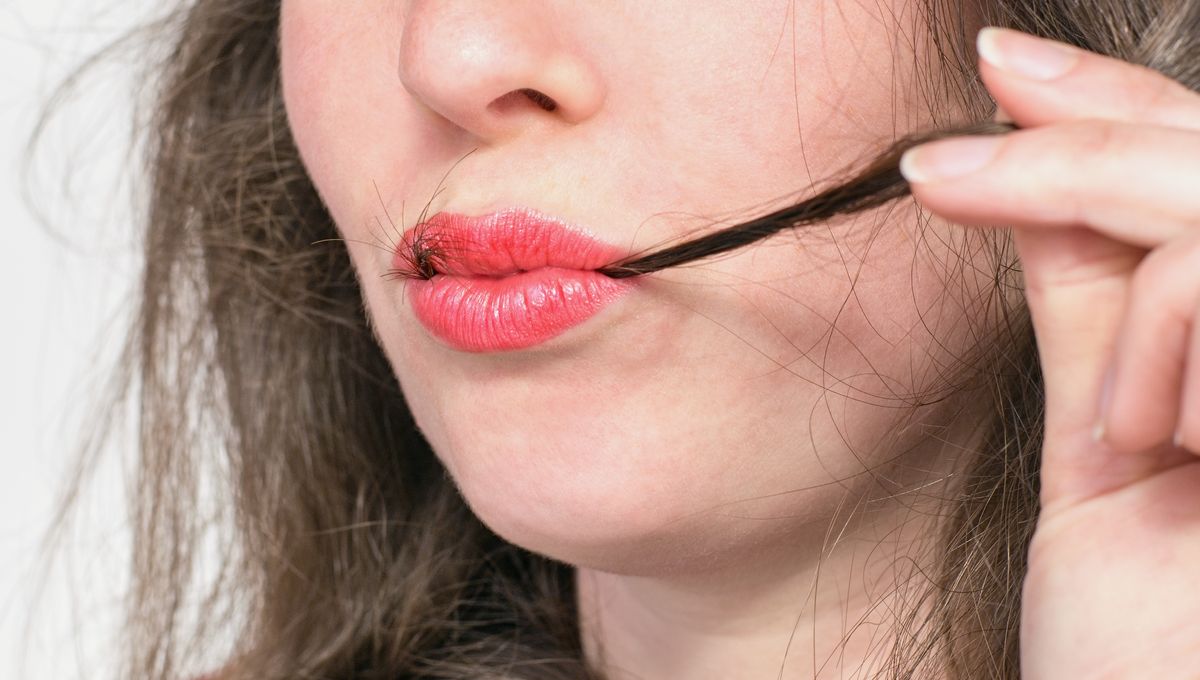
Listen: sometimes medicine is gross. Poop transplants exist and are weirdly effective at a whole bunch of things; Ozempic has its roots in Gila monster venom. Premarin, the most common form of estrogen prescribed to menopausal women in the US, is literally named after its main ingredient, Pregnant mare urine. So, when we tell you that a new study is suggesting toothpaste should be made from hair … just know that it could be a lot, lot worse.
“Keratin offers a transformative alternative to current dental treatments,” explained Sara Gamea, a PhD researcher at King’s College London and first author of the study, in a statement.
“This technology bridges the gap between biology and dentistry,” she said, “providing an eco-friendly biomaterial that mirrors natural processes.”
It’s not as bizarre as it sounds. Tooth decay and erosion is one of the most prevalent causes of ill-health, with something like one in four of us affected globally. Treating it, though – as many of us have experienced first-hand – can be expensive, sometimes painful, and often leaves you with a mouth full of ugly evidence.
And yet, so far, these metal, resin, and glass fill-ins are kind of the best we have. We can’t exactly regrow what our teeth have lost, after all: “Unlike bones and hair, enamel does not regenerate,” explained Sherif Elsharkawy, a consultant in prosthodontics at King’s College London and senior author of the study. “Once it is lost, it’s gone forever.”
Using keratin, however – in the study itself, the team extracted the protein from wool, but technically human hair or, say, the fur from your pet cat would be equally useful – has the potential to change that. After extracting, purifying, and freeze-drying the keratin, the team confirmed that the protein naturally binds itself to the calcium in teeth, building up and over itself in much the same way that enamel does.
By developing the proteins into a toothpaste, then, or some kind of gel similar to nail varnish, this admittedly superficially icky treatment could not only provide pain relief from cavities and tooth decay, but it can pretty literally rebuild the tooth. And all that while looking better than current options, too: “Keratin […] looks much more natural than these treatments,” Gamea pointed out, “as it can more closely match the color of the original tooth.”
Plus, there are the eco-credentials. “Not only is it sustainably sourced from biological waste materials like hair and skin,” Gamea said, presumably not noticing how Soylent Green it sounds, “it also eliminates the need for traditional plastic resins, commonly used in restorative dentistry, which are toxic and less durable.”
As weird as it all sounds, this really seems win-win. And the best part? The team is already looking into getting the treatment approved for clinical use, and they reckon it could be commercially available within just a couple of years.
“We are entering an exciting era where biotechnology allows us to not just treat symptoms but restore biological function using the body’s own materials,” Elsharkawy said. “With further development and the right industry partnerships, we may soon be growing stronger, healthier smiles from something as simple as a haircut.”
The study is published in the journal Advanced Healthcare Materials.
Source Link: Toothpaste Made From Hair Might Be The Future Of Your Dental Health